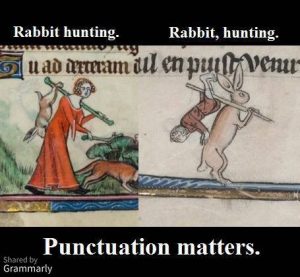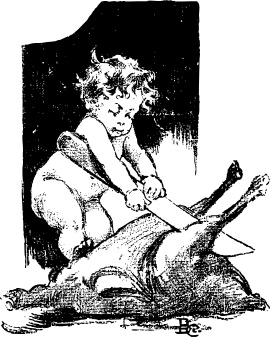
Image courtesy of DigitalArt at FreeDigitalPhotos.net
Helpful Advice in Editing
If everything is going as I hope it will (I am writing this in June), I am elbows deep in NaNo again. I wanted all the blog postings prepped so I can concentrate on writing, therefore I went through the Magical Words archives. There I ran across Carrie Ryan’s obscurely titled post “Not that … but that”.
It’s on editing. The very thing I am trying really hard not to do. It’s a NaNo no-no during November…and my biggest weakness to meet the word counts.
When editing others, I’ve made a lot of tough calls. Should I provide another possible word or just tell the author to find a new word? Do I say information seems to be missing or do specifically state what I want added? If there is a hole, do I point out the hole (example: primary love interest is passive) or provide the author the shovel to fix the hole (example: add another love interest to fight)? In one case, I may be stepping on the author’s voice and creativity, and, in the other case, I work with a lot of new authors who are having enough headaches being edited I find giving vague solutions is more of a problem than a help. Should I provide both then – but editing is always on a tight schedule, most of the time I can only write one line and move on.
I love the “a-ha” moment Ms. Ryan shares on her first editing feedback. The editor tells her to add something which ended up sounding really strange to her, until she asked the editor “What problem does <making this change> fix?” Once she knew what the problem was, she was able to fix the issue her own way.
If you attend critique groups as a participant, receive editing feedback, or review beta reads, (as reader, editor, or writer) I highly recommend this blog. Again the link is here: http://www.magicalwords.net/carrie-ryan/not-that-but-that/
Second takeaway from the blog – don’t be afraid to ask for clarification. Stand up for yourself. That is not to say fight your editor, but remember to be a participant in the partnership to make your book better.
And if you are participating in NaNo – good luck!
WRITING EXERCISE: Specifically approach someone you trust to be honest and ask them to beta read, critique, or edit something you wrote (at least 500 words and no more than 3,000), letting them know you are using this for practice of the editing process. After taking a day or two to look over their responses and get over the grief stage (see blog here on critique grief), practice asking for clarification without confrontation. Once completing the clarification portion, ask for feedback from your reviewer on how you did.
READING EXERCISE: Read a short story and write a critique or edit the story. Set it aside for two days. Come back and now pretend to be the author. Where do you think the author would like clarification on your critique.




